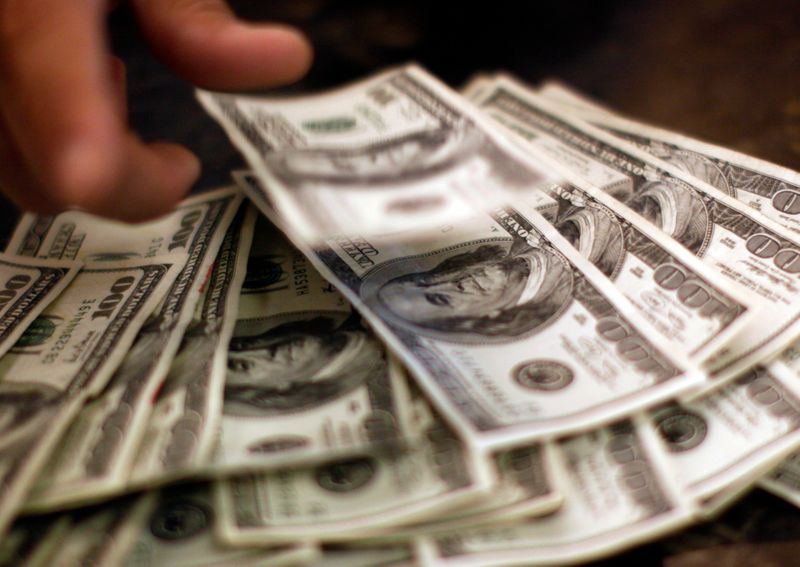By Gina Lee
Investing.com – The dollar was up on Thursday morning in Asia, nearing heights not seen in two decades. A brewing energy crisis in Europe slammed the euro, and investors also digested the Bank of Japan’s latest policy decision.
The U.S. Dollar Index that tracks the greenback against a basket of other currencies gained 0.42% to 103.395 by 11:48 AM ET (3:48 AM GMT). The index hit a five-year high of 103.28 and a further push above 103.82 would see it hit levels not seen since late 2002.
The USD/JPY pair rose 0.94% to 129.63. Japanese industrial production increased 0.3% month-on-month, and retail sales rose 0.9% year-on-year, in March 2022.
The AUD/USD pair fell 0.38% to 0.7099, with Australia releasing retail sales figures earlier in the day. The NZD/USD pair fell 0.63% to 0.6503.
The USD/CNY pair was up 0.39% to 6.5858 while the GBP/USD pair was down 0.27% to 0.2515.
The euro was stuck at $1.0553 after hitting a five-year low of $1.0515 on Wednesday. It has fallen 4.6% in April to date and is headed for its worst month since early 2015. The single currency is now dangerously close to huge chart support levels stretching from $1.0500 down to 2017’s low of $1.0344. A break could hit lows not seen since 2002 and risk a damaging decline below parity.
Adding to Europe's economic troubles, it raised the cost of energy priced in dollars, at the same time Russia cut off natural gas to Poland and Bulgaria which sent those prices soaring.
"This appears to be the first overt act of energy warfare," RBC Capital Markets head of global commodity research Helima Croft told Reuters.
"The question now is whether the cut-off will extend to other major importers in what could quickly become a stark test of European resolve to support Ukraine in the face of surging energy prices and rising recession risks."
The risks could also make the European Central Bank (ECB) reluctant to tighten aggressively, which could see it lag far behind the U.S. Federal Reserve. The ECB will release its economic bulletin later in the day.
Meanwhile, the Bank of Japan kept its interest rate steady at -0.10% as it handed down its policy decision earlier in the day. The central bank is no closer to tightening its monetary policy as it continues to keep yields near zero.
However, a potential pothole for the U.S. currency is the U.S. GDP data due later in the day. Although the market forecasts a growth of 1.1%, the risk is to the downside after the U.S. trade deficit hit a record high and implied a large drag from net exports. The GDP could actually have contracted by an annualized 1.3% in the first quarter, and any negative reading could temper the dollar's ascent if only temporarily, Natwest Markets analysts told Reuters.
